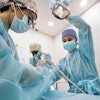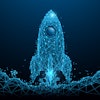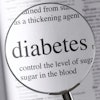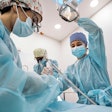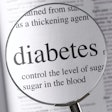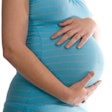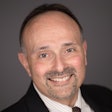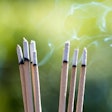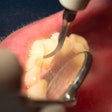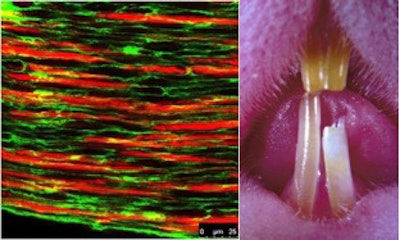
A study by the University of Southern California Ostrow School of Dentistry has uncovered new details on how bundles of nerves and arteries interact with stem cells and showcases techniques for following the cells as they function in living animals.
The study focused on neurovascular bundles -- groupings of nerves and blood vessels intertwined throughout the body -- and their interactions with mesenchymal stem cells (MSC), according to a press release. The study was published February 6 in the journal Cell Stem Cell.
The researchers examined how the cells operated in the incisors of mice, which continually regrow over a mouse's life span, indicating that stem cells are present. Typically, MSC are studied in vitro or harvested from animals and examined outside of their natural environment.
 The inferior alveolar nerve provides a niche for stem cells that maintain incisor homeostasis. When the nerve is severed, homeostasis is disrupted and within one month the affected incisor becomes chalky and breaks. Images courtesy of the Center for Craniofacial Molecular Biology.
The inferior alveolar nerve provides a niche for stem cells that maintain incisor homeostasis. When the nerve is severed, homeostasis is disrupted and within one month the affected incisor becomes chalky and breaks. Images courtesy of the Center for Craniofacial Molecular Biology.However, the researchers used a different molecular marker to highlight the cells' expression of the protein Gli1 and follow MSC in living mice. They discovered the bundles are rich in stem cells, including MSC that wouldn't have been detected using conventional markers and techniques.
The newly uncovered population of MSC helps maintain a normal cellular environment, while stem cells normally detected by the more well-known markers focus on injury repair.
"We have basically developed a system in which we can follow MSC in their natural environment and see how they contribute to homeostasis," said principal investigator Yang Chai, DDS, PhD, director of the Center for Craniofacial Molecular Biology at Ostrow's dental school.
The study revealed that the MSC populations within neurovascular bundles are located around arterioles -- small arteries that branch off to bring blood to tissues. Sensory nerves within the bundles secrete a protein called SHH to regulate the stem cells, demonstrating a practical reason for the bundling of the nerves and blood vessels. Such bundles are a ubiquitous anatomical feature and are found in every organ in humans, Dr. Chai said.
The study highlights the need to cast a wider net in order to identify all stem cells. It also emphasizes the need to understand the environment around the cells, Dr. Chai said.
The study has great implications for tissue regeneration, he said. "If you want to regenerate tissue, you have to not only provide stem cells but also the proper neighborhood for them to carry out their function," Dr. Chai said.
The study was supported by grants from the National Institute of Dental and Craniofacial Research and the National Institutes of Health.
